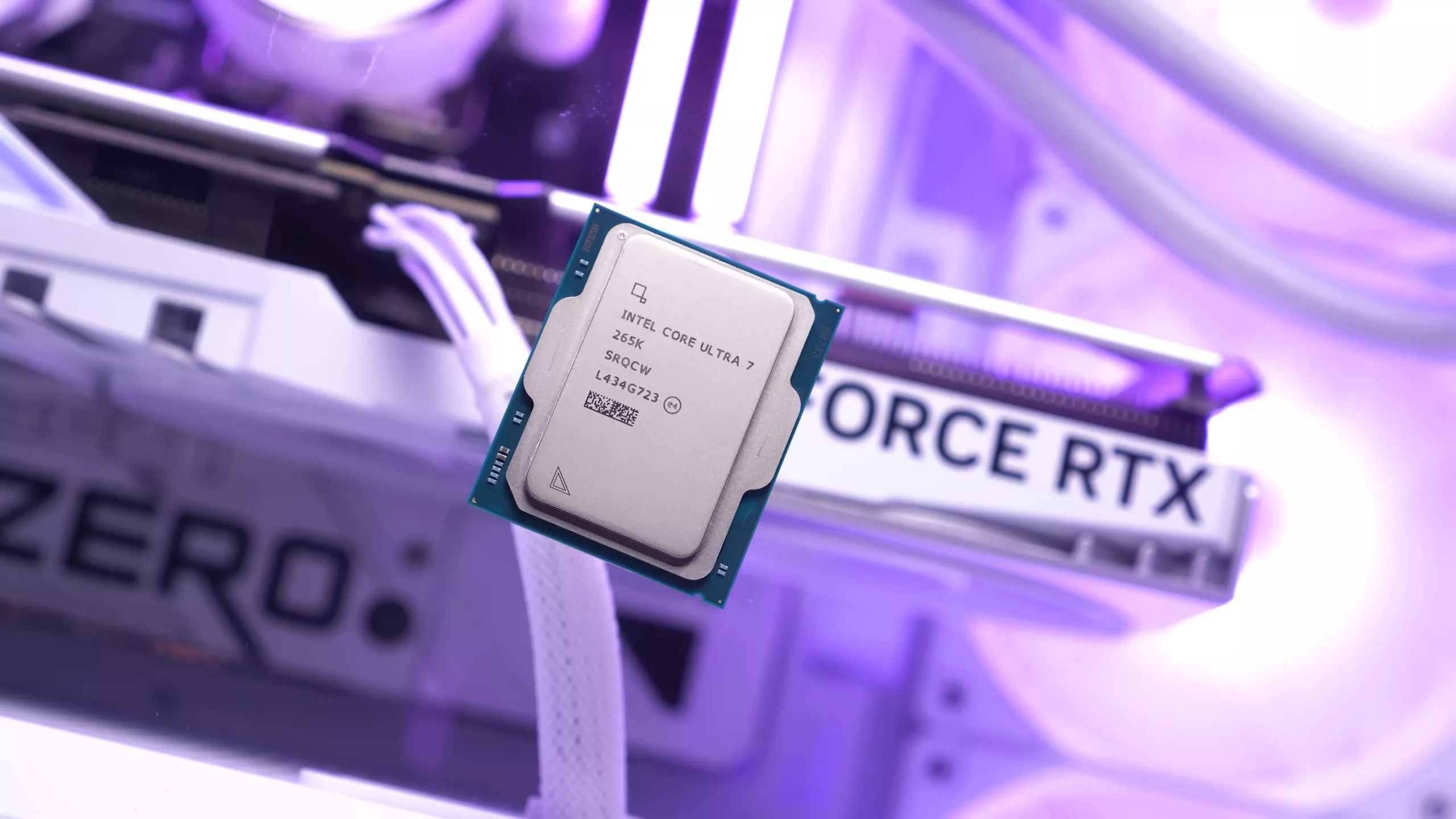Forecasting volcanic eruptions is difficult, but not impossible. By keeping an eye on features such as ground deformation, changes in gas emissions, and ground tremors, volcanologists can sometimes make successful predictions, which save countless lives. NASA and the Smithsonian Institution are now teaming up to monitor another volcanic harbinger, but from space: leaves.
Scientists already knew that tree leaves can change color when a nearby volcano becomes more active, but this collaboration aims to observe the mechanism using satellite imagery. Given that there’s no way to avoid volcanic eruptions, early warning systems are the only way to keep the public safe.
“Volcano early warning systems exist,” Florian Schwandner, a volcanologist and chief of the Earth Science Division at NASA’s Ames Research Center, said in a NASA statement announcing the collaboration. “The aim here is to make them better and make them earlier.”
As magma rises toward the surface of the Earth before an eruption, it releases gases such as carbon dioxide and sulfur dioxide. In fact, in 2017, a monitoring network at a volcano in the Philippines—which Schwandner and his colleagues had previously upgraded to read carbon dioxide and sulfur dioxide emissions—enabled government researchers to forecast a major volcanic eruption. Thanks to mass evacuations, no lives were lost.
Carbon dioxide emissions are one of the earliest signs that a volcano is waking up, but they are difficult to spot directly from space. Why would we want to see carbon dioxide emissions from space? Because otherwise, volcanologists have to trek to volcanoes in person to measure them directly—a task that can be difficult, expensive, and even dangerous.
“Volcanoes emit a lot of carbon dioxide,” said Robert Bogue, a volcanologist from McGill University. However, “a volcano emitting the modest amounts of carbon dioxide that might presage an eruption isn’t going to show up in satellite imagery,” he explained. Carbon dioxide does show up, however, in trees’ foliage, making it greener and more lush. As such, the NASA and Smithsonian collaboration is bringing together volcanologists, botanists, and climate scientists to investigate how researchers can use trees to monitor volcanic activity.
“The whole idea is to find something that we could measure instead of carbon dioxide directly,” Bogue explained, “to give us a proxy to detect changes in volcano emissions.”
“There are plenty of satellites we can use to do this kind of analysis,” confirmed Nicole Guinn, a volcanologist from the University of Houston. Guinn has previously monitored trees near Italy’s Mount Etna volcano using satellite imagery.
The approach has constraints, however. For example, some volcanoes aren’t close enough to trees for satellite images to be useful, and different trees can experience different responses to carbon dioxide. Furthermore, fires, weather events, and plant diseases can make satellite data difficult to interpret. But the truth is that no single feature can perfectly predict volcanic activity.
“There’s not one signal from volcanoes that’s a silver bullet,” Schwandner said. “And tracking the effects of volcanic carbon dioxide on trees will not be a silver bullet. But it will be something that could change the game.”










 English (US) ·
English (US) ·